Coordinates
Definition
Coordinates are pairs of numbers used to locate points on a graph or a plane. They are typically written as (x, y), where x represents the horizontal position and y represents the vertical position.
Graphing on the Coordinate Plane
The coordinate plane consists of a horizontal x-axis and a vertical y-axis. The point where the two axes intersect is called the origin and has the coordinates (0, 0). To plot a point on the coordinate plane, you move a certain number of units to the right or left along the x-axis, and then a certain number of units up or down along the y-axis.
Quadrants
The coordinate plane is divided into four quadrants, labeled I, II, III, and IV, which are numbered counterclockwise starting from the top right quadrant. The signs of the x and y coordinates determine the quadrant in which a point lies.
Distance and Midpoint Formulas
The distance between two points with coordinates (x1, y1) and (x2, y2) can be found using the distance formula:
√((x2 - x1)^2 + (y2 - y1)^2)
The midpoint between two points with coordinates (x1, y1) and (x2, y2) can be found using the midpoint formula:
((x1 + x2)/2, (y1 + y2)/2)
Study Guide
- Understand the concept of coordinates and how to read them as (x, y).
- Be able to plot points on the coordinate plane and identify their coordinates.
- Learn the four quadrants of the coordinate plane and understand how to determine the quadrant in which a point lies based on its coordinates.
- Practice using the distance and midpoint formulas to find the distance and midpoint between two points on the coordinate plane.
- Complete practice problems to reinforce the understanding of coordinates and the coordinate plane.
◂Math Worksheets and Study Guides Sixth Grade. Coordinates
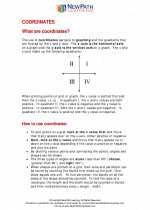
 Worksheet/Answer key
Worksheet/Answer key
 Worksheet/Answer key
Worksheet/Answer key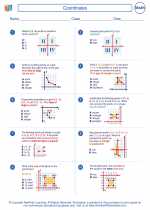
 Worksheet/Answer key
Worksheet/Answer key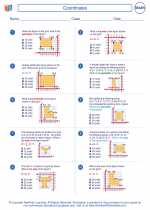
 Worksheet/Answer key
Worksheet/Answer key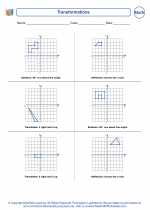
 Worksheet/Answer key
Worksheet/Answer key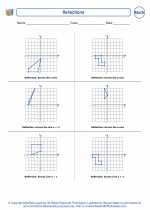
 Worksheet/Answer key
Worksheet/Answer key
 Worksheet/Answer key
Worksheet/Answer key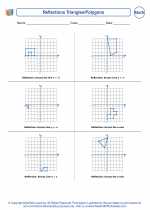
 Worksheet/Answer key
Worksheet/Answer key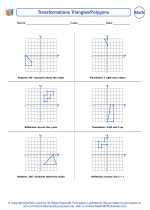
 Worksheet/Answer key
Worksheet/Answer key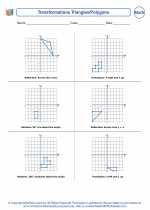
 Worksheet/Answer key
Worksheet/Answer key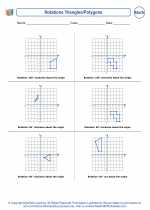
 Worksheet/Answer key
Worksheet/Answer key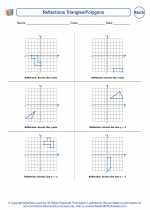
 Worksheet/Answer key
Worksheet/Answer key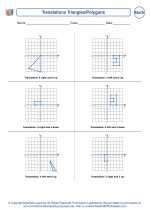
 Worksheet/Answer key
Worksheet/Answer key
 Worksheet/Answer key
Worksheet/Answer key
